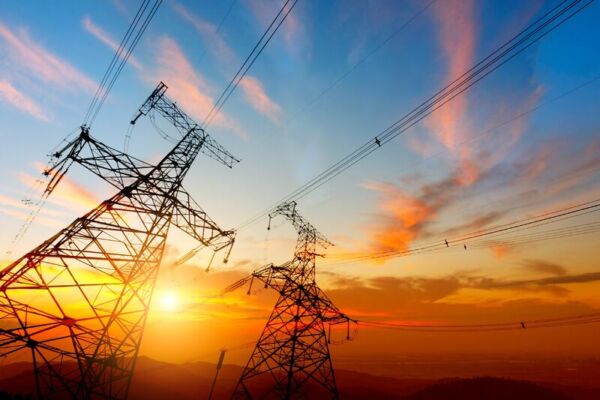With a population of about 3.5 million in an area roughly half the size of Germany, Uruguay is the smallest Spanish-speaking country in South America. Yet, it has proven that it is possible to meet the demand for electricity of an entire nation from renewable resources. About 30 percent of the country’s electricity comes from hydropower and 40 percent from wind power.
The starting position
In Uruguay, the ambitious long-term energy policy has been motivated by economic reasons. The country has no reserves of fossil fuels and is mainly dependent on imports from the global market. Therefore, the government started to focus early on hydropower development along the country’s many rivers.
From 1997 to 2007, Uruguay suffered from prolonged dry spells, which meant that hydroelectric power generation was repeatedly interrupted. This called for energy to be imported from abroad at greater expense. Finally, in 2008, the government decided to broaden its choice of energy sources to secure future supplies while reducing costs for the population and industrial sectors. It eventually adopted a 25-year national energy strategy focused on expanding the power generation capacity of wind, solar, and biomass.
The status of renewable energies today
Today, electricity from renewable sources successfully covers 94 percent of Uruguay’s demand for electricity. As a result, the country reduced annual energy costs by 200 million US dollars and greenhouse gas emissions by 88 percent in 2017, compared to the average from 2009 to 2013.
The expansion of wind energy has contributed significantly to this positive development. While wind power had no share in the electricity mix before 2008, it surpassed the previously dominant hydropower for the first time in 2020.
Uruguay’s secret to success
As part of its energy strategy, the Uruguayan government started early to create the ideal policy framework for expanding renewable energy. This framework is based on a model that establishes collaboration between the public and private sectors. The latter coordinates the expansion and creates a favorable environment for foreign investment. What’s remarkable is that Uruguay does not use subsidies; instead, it focuses on invitations to tender (ITT) along creating security and incentives from investors. In the last decade, the wind energy sector alone has seen more than eight billion US dollars in investments. Recently, the Ministry of Industry, Energy, and Mining announced at a forum that it intends to further promote investment from Europe.
Looking forward to the future, the next goals of the Uruguayan government are to develop an intelligent network (smart grid) and produce green hydrogen. Both aim to make the coordination of supply and demand more efficient.
In order to find suitable areas for the construction of wind farms, state-owned energy companies are working closely with large landowners, primarily farmers. The companies then borrow land from the farmers to build new wind turbines, which also creates a steady source of income for the farmers.
An example for other countries
Uruguay’s rapid wind development was driven by its size, favorable climate, and an urgent need to fulfil economic needs. But those are not the only reasons for the country’s success: Rather, it has succeeded in developing a highly effective energy strategy and creating an appropriate political framework. Today, Uruguay is a lucrative location for foreign investors and can serve as a best practice for other countries.



